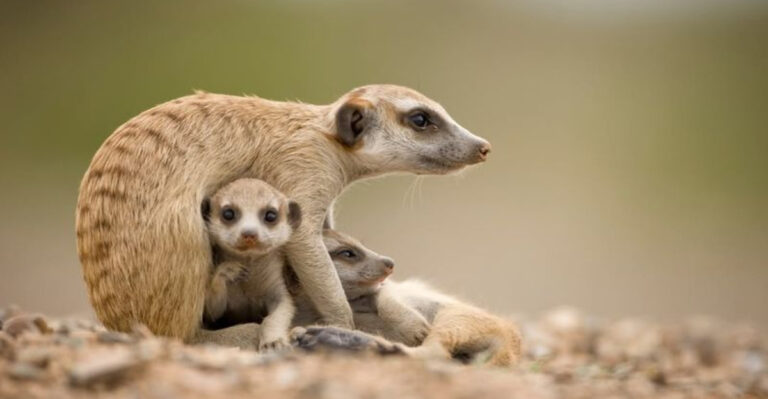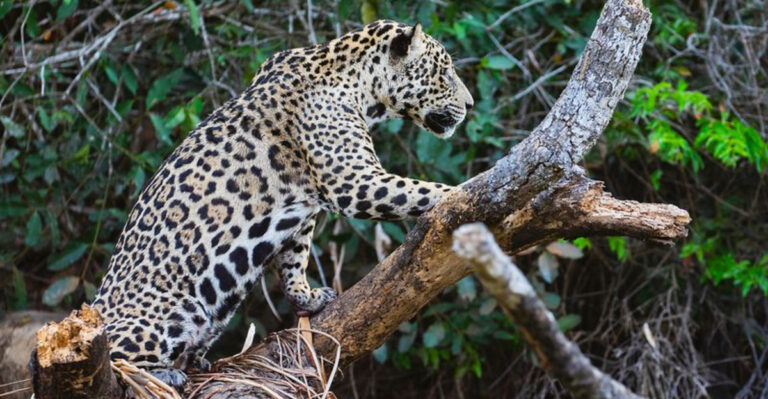How Birds Triumphed Over Dinosaurs: 12 Incredible Survival Stories
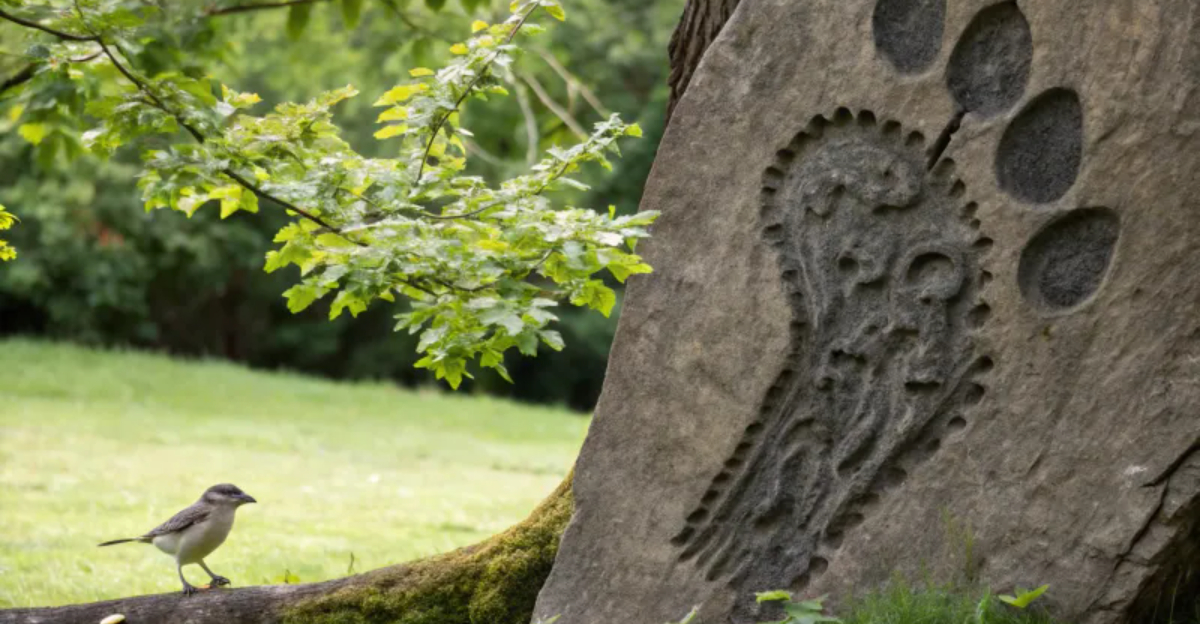
Introduction: Birds are often seen as the modern-day descendants of dinosaurs, but their survival through millions of years of change is nothing short of remarkable.
While the mighty dinosaurs ruled the Earth, birds quietly adapted, evolved, and carved out a place for themselves. From their feathered evolution to their intricate social behaviors, these creatures have proven time and again that their resilience is unmatched.
1. Specialized Respiratory System

Birds have an incredibly efficient respiratory system that allows them to take in more oxygen while flying at high altitudes or enduring strenuous physical activity.
Unlike mammals, birds have a unique system of air sacs that help them breathe more efficiently, ensuring that their muscles get the oxygen they need for long flights.
This specialized system enables birds to handle extreme conditions and exertion better than many other creatures, helping them thrive even in challenging environments.
2. Parental Investment
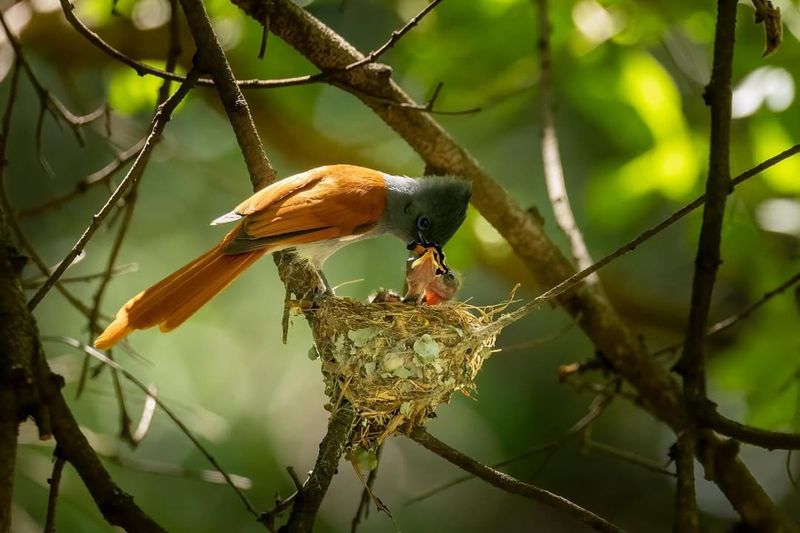
When it comes to raising their young, birds go all in. Many species display extraordinary levels of care for their offspring, ensuring they have the best chance to survive. From feeding chicks constantly to protecting them from predators, birds understand the importance of parental involvement.
Some species even go as far as to teach their young how to forage or fly, setting them up for a life of independence. Their deep investment in the next generation is a key part of their survival story and an incredible testament to their nurturing instincts.
3. Feathered Evolution
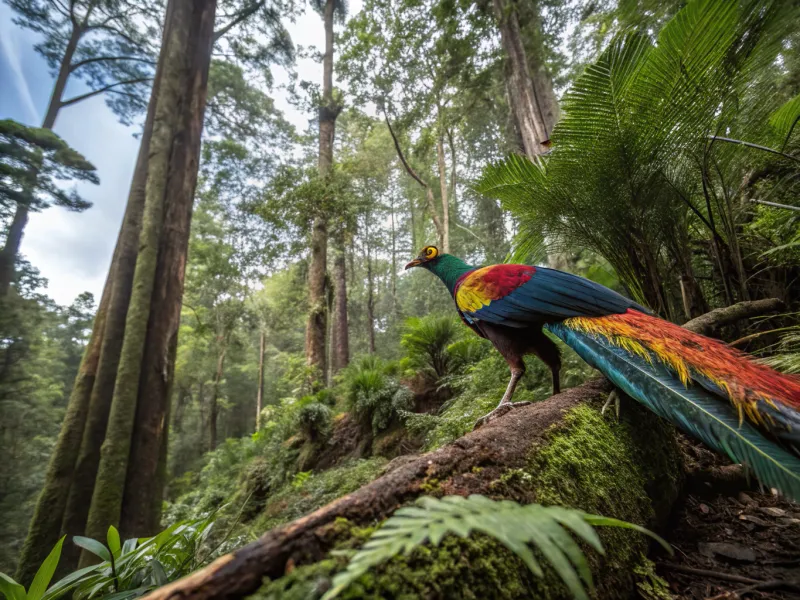
You’ve probably heard that birds are closely related to dinosaurs, but did you know that their feathers were key to their survival?
Unlike the scaly skin of their dinosaur ancestors, feathers gave birds a huge advantage by providing insulation, which allowed them to thrive in a variety of climates.
Over time, these feathers also evolved for flight, giving birds the ability to soar across landscapes and avoid ground-dwelling predators. Who knew something so lightweight could carry a species so far?
4. Adaptability Of Size
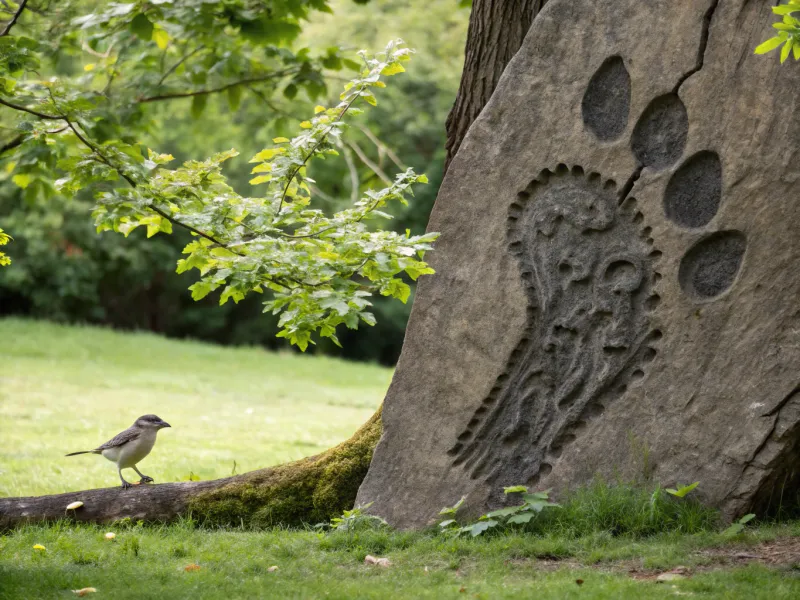
While dinosaurs roamed the Earth, size was often a major advantage. However, in the world of birds, adaptability in size proved to be even more important.
Some birds kept a small, nimble size, allowing them to slip through cracks and find shelter in places larger creatures couldn’t reach.
Others adapted to become larger, using their size for defense or dominance in their environment. From the tiny hummingbird to the towering ostrich, birds show us that it’s not always about being the biggest – it’s about being the right size for survival.
5. Flight’s Legacy

Imagine being able to take to the skies whenever danger looms below. Birds were one of the few survivors of the mass extinction that wiped out the dinosaurs, and their ability to fly is largely credited with their survival.
Flight offered them freedom to escape predators, find food, and migrate across continents. Over time, flight became so integral to their evolution that birds have diversified into thousands of species, each with its own unique flying abilities.
Whether it’s gliding for miles or darting through the air with precision, flight is one bird’s unbeatable legacy.
6. Efficient Metabolism
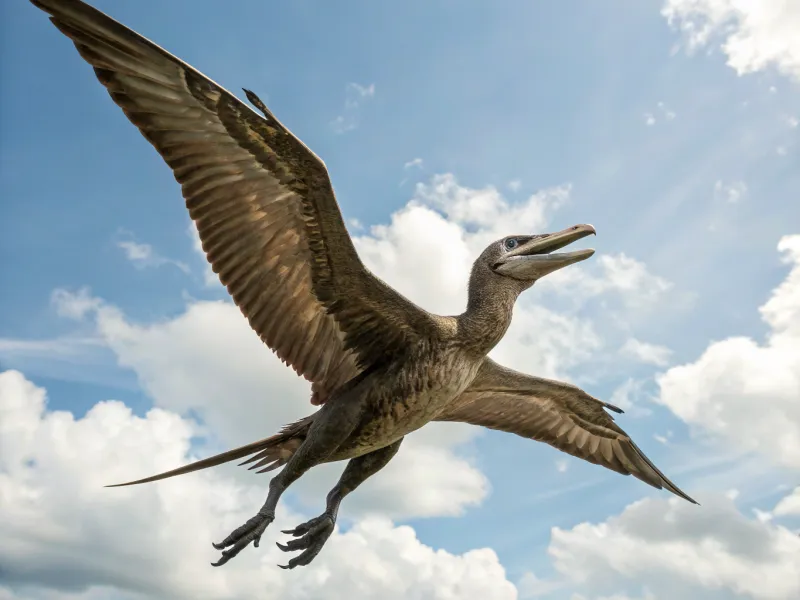
Birds have mastered the art of quick energy use. Their metabolism is incredibly efficient, allowing them to process food rapidly to fuel their high-energy lifestyles. This helps birds maintain their body heat, fly long distances, and stay active throughout the day.
Compare that to dinosaurs, whose metabolism wasn’t as fast, and you can see why birds had the edge when it came to surviving in changing climates. Their ability to turn food into fuel quickly gave them the stamina to thrive.
7. Nest Building Skills
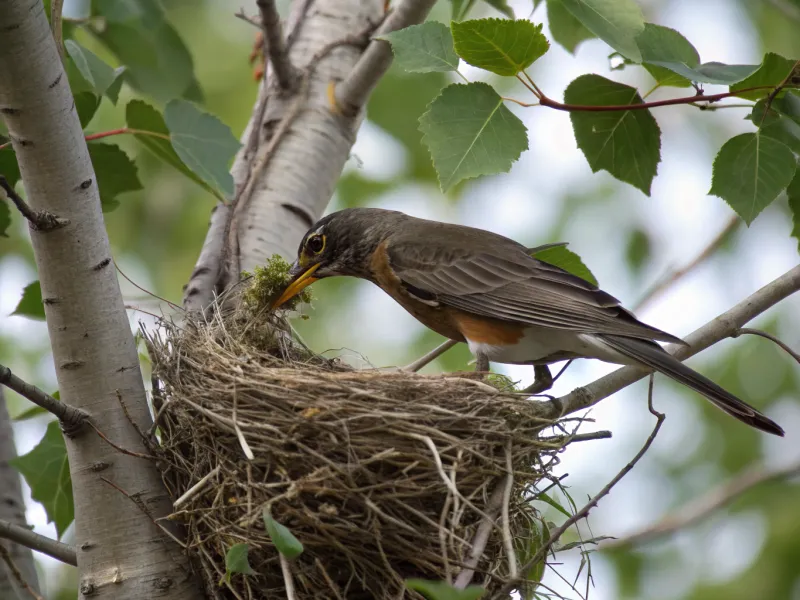
Birds don’t just survive – they know how to make a home that lasts. Nest building is an art form that’s evolved over millions of years. Birds have developed a wide variety of techniques for creating safe, secure spaces to raise their young.
Whether it’s the intricate woven nests of weaverbirds or the sturdy nests of eagles, birds have perfected the art of home construction. This skill has helped them withstand predators, weather, and other challenges that would have defeated other creatures.
8. Social Behaviors
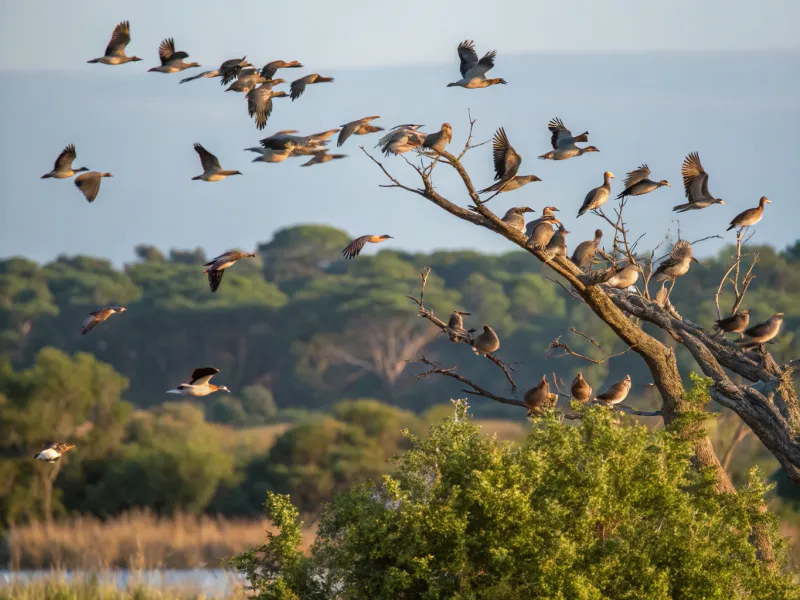
What sets birds apart from many other animals is their ability to work together. From the cooperative hunting strategies of hawks to the communal roosting of starlings, birds have developed social behaviors that help them survive.
In fact, their social structures can be incredibly complex, allowing them to protect each other, find food more efficiently, and raise their young in groups. Whether it’s through singing in unison or migrating in massive flocks, birds prove that teamwork isn’t just a human trait.
9. Diverse Diets
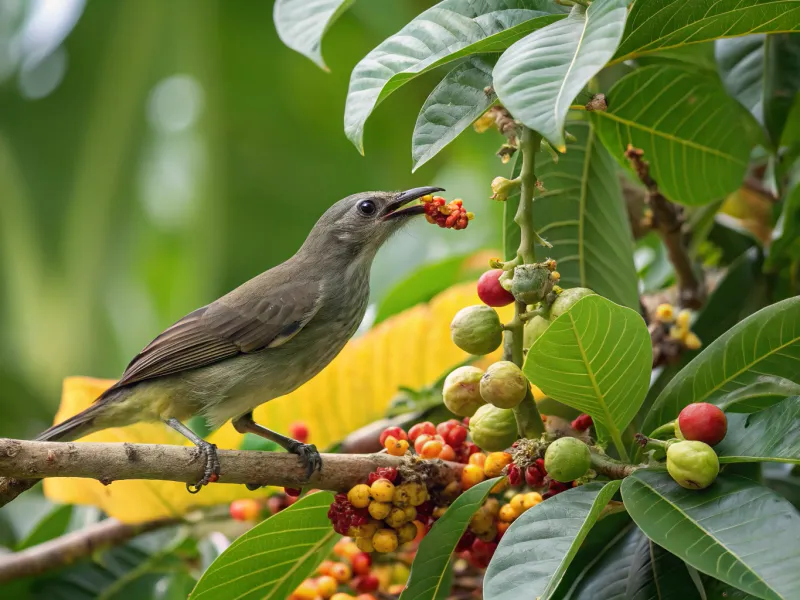
In a world full of competition, birds know how to keep their options open. From nectar and seeds to fish and small mammals, birds have adapted to eat a wide variety of foods, which is key to their survival.
This dietary flexibility allows them to thrive in nearly every habitat, from tropical rainforests to arid deserts. While some birds stick to a specific diet, others are known to scavenge or hunt, demonstrating how versatile they can be when it comes to feeding themselves.
10. Rapid Reproduction
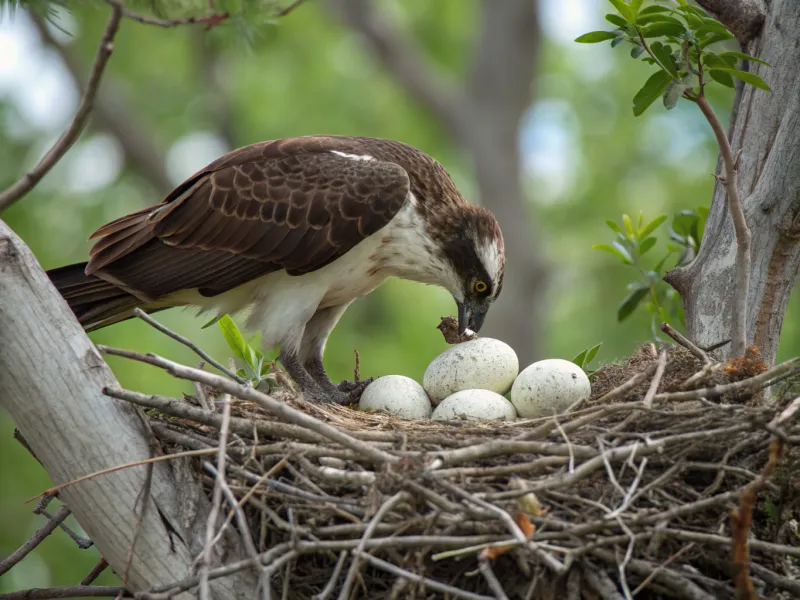
The survival of a species often depends on how quickly it can reproduce. Birds have that down to an art. With many species laying multiple eggs per year and some even multiple times per season, birds can rapidly increase their populations.
This quick turnover rate helps them recover from any loss of life and bounce back from environmental shifts. The ability to produce large numbers of offspring in a short amount of time is just one more way birds have ensured their survival.
11. Migration Patterns
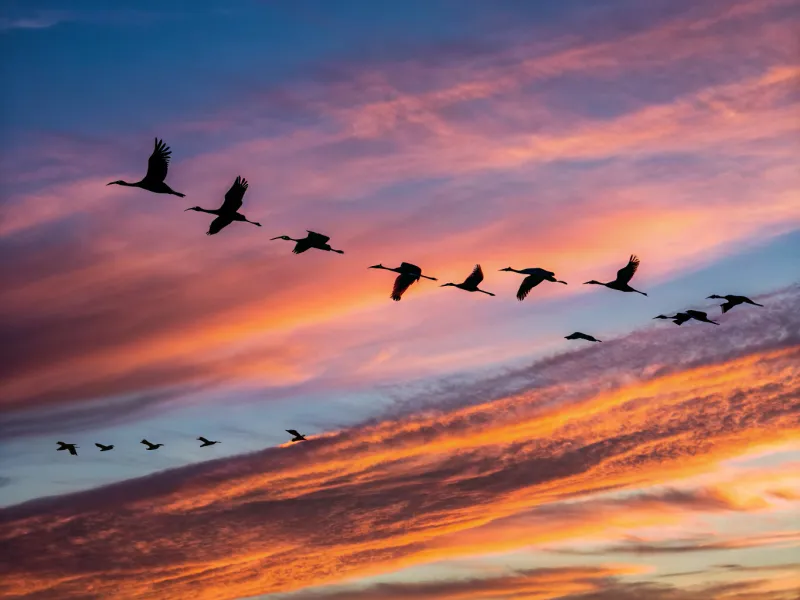
Some birds are like nature’s jetsetters, embarking on long journeys across continents each year. Migration is one of the most incredible feats in the animal kingdom, and birds do it better than anyone.
Their migration patterns are finely tuned and passed down through generations, ensuring that they find food, avoid predators, and mate in the best locations.
From the Arctic Tern’s record-breaking trek to the delicate balance of migratory routes, birds have mastered the art of travel, securing their place in the world.
12. Communication Skills
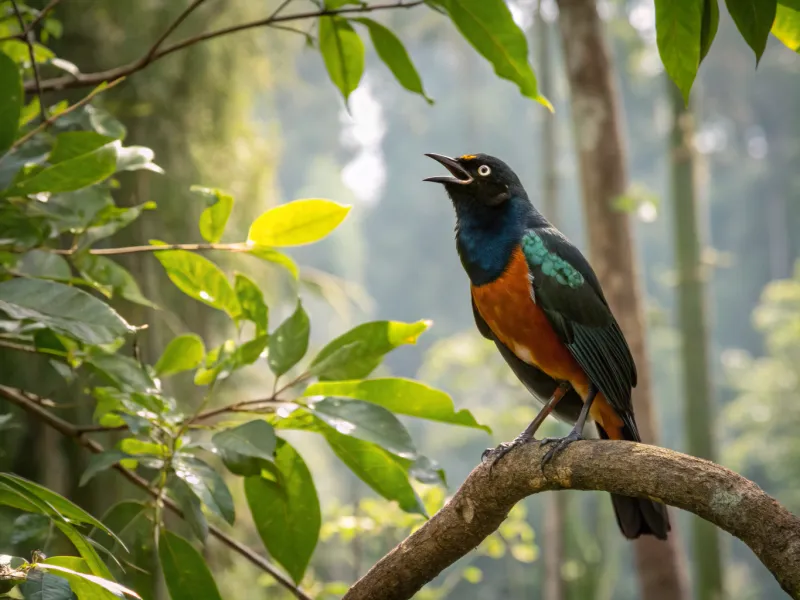
Birds are far from quiet – in fact, they’ve developed some of the most fascinating communication techniques in the animal kingdom.
Whether it’s the intricate songs of a nightingale, the calls of a raven, or the chirps of a sparrow, birds have a wide range of vocalizations used for everything from mating to warning of danger.
This ability to communicate effectively has helped birds create complex social structures, coordinate migrations, and even protect their nests from predators.


